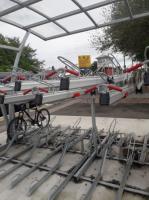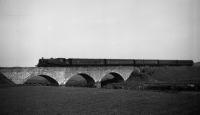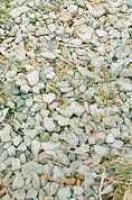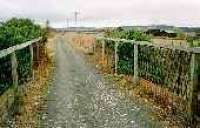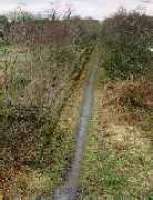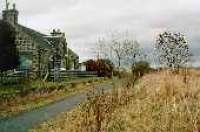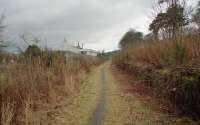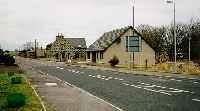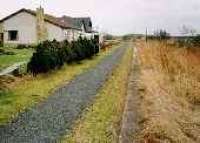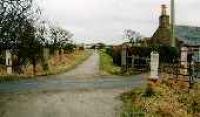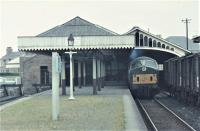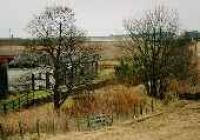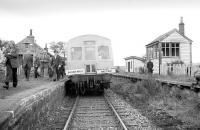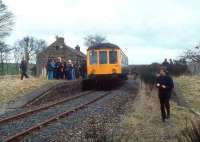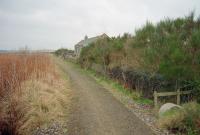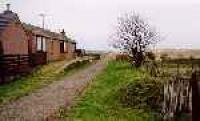Formartine and Buchan Railway
Introduction
This railway is closed, it developed into a network of lines serving the area to the north of Aberdeen. The railway provided a service to Fraserburgh and Peterhead from Aberdeen (Dyce). Typically this consisted of three trains in each direction daily. Further lines were built to St Combs (closed) and to Boddam (also closed). The last of the line, from Dyce to Fraserburgh, closed in 1979 in what should have been more enlightened times. Maintenance had been minimal for some years, shown by the imposed 20 mph limit for the whole line. Alan H. Sangster, in the superb The Story and Tales of the Buchan Line, commented
The railway had no special scenic merits to place it in the same class as better known lines, such as the West Highland or Kyle of Lochalsh Railway, but it had its own local rural charm and character which gained it much affection by its users and people in the Aberdeen area.John Thomas, in Forgotten Railway Scotland, described the route
Railway promoters found it expedient to oblige an influential landowner (and potential shareholder) by bending the railway away from his estate or bringing it closer, whichever course suited his whim. ... The finished line was not so much the fulfilment of the engineer's vision as a graph recording the whims and fancies of farmers and landowners.This may go some way to explain the route of the line which served Peterhead, originally considered the main route, with a circuitous route, leading to its demise in the road era. The line served many castles and big houses. There were had fine terminii with trainsheds at Peterhead and Fraserburgh. Many of the station had loops, although single track throughout - save for a section north of Parkhill which was briefly doubled. The southern portion of the former line may re-open between Dyce and Ellon. The route is now a long distance footpath, the Formartine and Buchan Way . This footpath, built over several years in the early 1990s, safeguarded the route after closure for potential re-opening. As a condition of the opening the section of the Great North of Scotland Railway from Aberdeen to Dyce was doubled in 1861.
Dates
Portions of line and locations
This line is divided into a number of portions.
Dyce to Maud
This is a two platform station with a car park in the village of Dyce on the east side of Aberdeen Airport.
...
See also
Great North of Scotland Railway
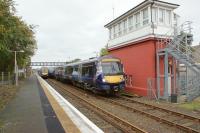
John McIntyre 19/10/2012
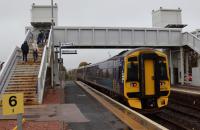
Mark Bartlett 25/10/2023
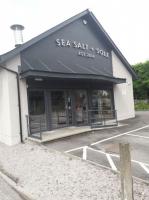
John Yellowlees 02/06/2019
This is a disused three arch single track viaduct over the River Don.
...
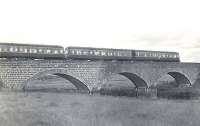
G H Robin collection by courtesy of the Mitchell Library, Glasgow 15/08/1960
This was a single platform station, with the platform on the east side. There was a goods yard to the north of the station on the west side, approached from the south. The GNoSR had a sand pit in the goods yard.
...
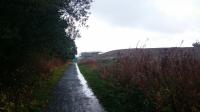
Alan Cormack 23/10/2016

Alan Cormack 16/10/2016
This was the northern end of double track section which started to the south at Parkhill. This was used during seasonal periods of high traffic, but only for a few years: 1920-24.
...
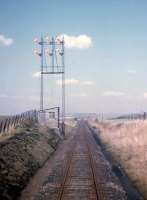
David Spaven 27/03/1973
This was a two platform station to the north east of Summerhill, now known as Newmachar. The main station building was on the northbound platform, the town side.
...
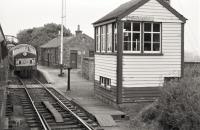
Brian Haslehust 16/08/1965
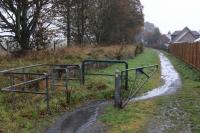
Mark Bartlett 25/10/2023

Brian Haslehust 02/10/1965

Ewan Crawford 03/02/1997
This was a two platform station with a passing loop. The main station building, of one storey, was on the southbound platform.
...
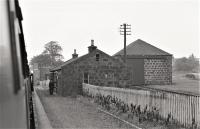
Brian Haslehust 02/10/1965

Mark Bartlett 25/10/2023
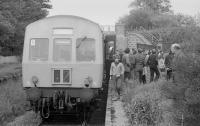
Bill Roberton 01/06/1974

Alan Cormack 21/01/2021
This was a single platform station on the east side of the line. There was a single storey cottage style station building.
...
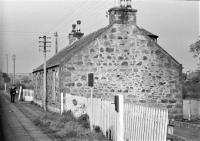
Brian Haslehust 02/10/1965
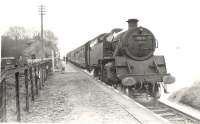
G H Robin collection by courtesy of the Mitchell Library, Glasgow 15/05/1959
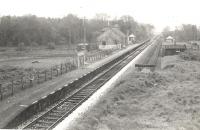
G H Robin collection by courtesy of the Mitchell Library, Glasgow 15/05/1959
This was a single platform station for much of its existence, a loop and second platform being added in 1919 - although this loop was only used in busy seasons. The station was around 1 km south east of Esslemont itself.
...

G H Robin collection by courtesy of the Mitchell Library, Glasgow 15/05/1959
This disused single track four arch viaduct is south of Ellon station. The railway closed in 1979.
...
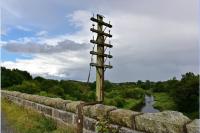
John Gray 23/08/2017

John Gray 23/08/2017
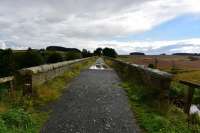
John Gray 23/08/2017
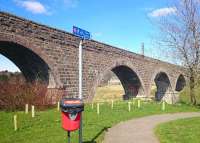
Andy Furnevel 21/04/2015
Ellon was a three platform junction station. Its remains are on the Formartine and Buchan walkway. It was the junction between the line to Fraserburgh and Peterhead and the branch to Boddam. The station was opened to the west of the original village and Ellon Castle.
...
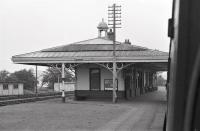
Brian Haslehust 02/10/1965
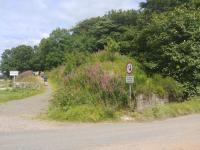
Alan Cormack 06/08/2017
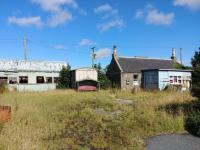
Alan Cormack 15/08/2017
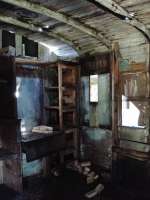
Alan Cormack 15/08/2017
This was a two platform station with the main station building on the northbound platform.
...
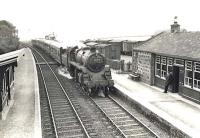
G H Robin collection by courtesy of the Mitchell Library, Glasgow 15/05/1959
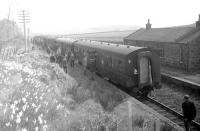
A Snapper (Courtesy Bruce McCartney) 24/05/1969

G H Robin collection by courtesy of the Mitchell Library, Glasgow 15/05/1959
This was a two platform station with a passing loop. The stone station building, on the northbound platform, remains in use as a house. The southbound platform had a timber building.
...
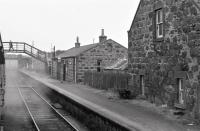
Brian Haslehust 02/10/1965
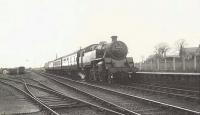
G H Robin collection by courtesy of the Mitchell Library, Glasgow 09/04/1955
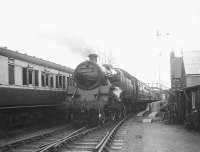
G H Robin collection by courtesy of the Mitchell Library, Glasgow 09/04/1955
This was a four platform station. There were two platforms on the line east to Peterhead and two platforms on the line north to Fraserburgh. The signal box, a substantial building with a granite lower level, was at the south end of the Peterhead southbound platform. The main station building, a single storey granite building, remains in the 'V' of the junction.
...
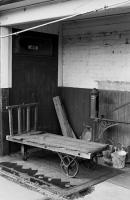
...
Bill Roberton //1977

Alan Cormack 06/08/2017
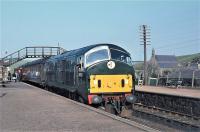
Brian Haslehust 01/05/1965
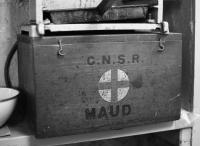
...
Bill Roberton //1977
Maud to Peterhead
Maud to Peterhead. When first opened this was considered the main line, the line to Fraserburgh the branch.
This was a four platform station. There were two platforms on the line east to Peterhead and two platforms on the line north to Fraserburgh. The signal box, a substantial building with a granite lower level, was at the south end of the Peterhead southbound platform. The main station building, a single storey granite building, remains in the 'V' of the junction.
...

...
Bill Roberton //1977

Alan Cormack 06/08/2017

Brian Haslehust 01/05/1965

...
Bill Roberton //1977
This halt was barely even a halt - just a very small wooden platform a few feet long. The halt was only open in the 1930s and was for visitors to the nearby abbey.
...
This was a platform for curling events. Pitfour Lake lies just to the north in the grounds of Pitfour House.
...
This was a two platform station with a passing loop. The main station building was on the westbound platform. The goods yard was on the south side of the station and approached from the west.
...
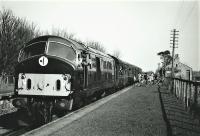
Brian Haslehust 01/05/1965
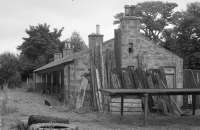
Bill Roberton //1977
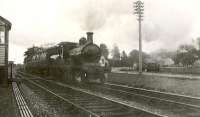
G H Robin collection by courtesy of the Mitchell Library, Glasgow 04/07/1951
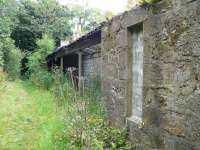
John Williamson 01/09/2007
This was a two platform station with a passing loop on a single track railway. There was a goods yard at the east end, north side of the line, approached from the east.
...
See also
RNAS Longside Branch
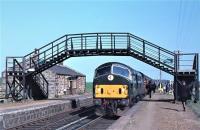
Brian Haslehust 01/05/1965
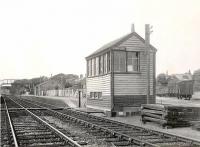
G H Robin collection by courtesy of the Mitchell Library, Glasgow 04/07/1951
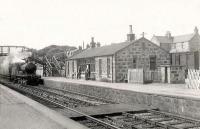
G H Robin collection by courtesy of the Mitchell Library, Glasgow 04/07/1951
This was a single platform station on the north side of the line.
...
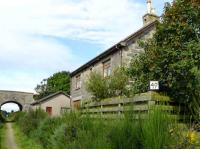
John Williamson 01/09/2007
This was a single platform station on the north side of the line. There was a single storey station building.
...
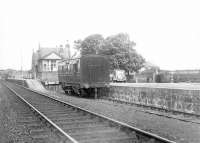
G H Robin collection by courtesy of the Mitchell Library, Glasgow 04/07/1951
This was a terminus with an island platform with two faces. One, the southern, ran into the trainshed. The covered area was extended over the platform with a canopy which extended out from the trainshed.
...
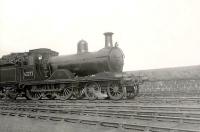
G H Robin collection by courtesy of the Mitchell Library, Glasgow 04/07/1951
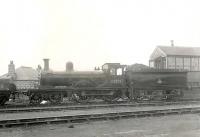
G H Robin collection by courtesy of the Mitchell Library, Glasgow 04/07/1951

G H Robin collection by courtesy of the Mitchell Library, Glasgow 04/07/1951
The branch to the harbour served the west side of the North Harbour where there were several sidings alongside a timber yard and the North Pier. The site was directly west of the graving dock. A small building remains here today. A street tramway continued to a turnplate by Bridge Street. From here further tramways continued north to several sidings on the centre pier of the North Harbour, Scotts ...
More details
Brian Taylor 20/06/2015
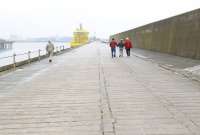
Brian Taylor 20/06/2015
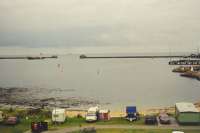
Ewan Crawford //
Maud to Fraserburgh
Maud to Fraserburgh.
This was a four platform station. There were two platforms on the line east to Peterhead and two platforms on the line north to Fraserburgh. The signal box, a substantial building with a granite lower level, was at the south end of the Peterhead southbound platform. The main station building, a single storey granite building, remains in the 'V' of the junction.
...

...
Bill Roberton //1977

Alan Cormack 06/08/2017

Brian Haslehust 01/05/1965

...
Bill Roberton //1977
This was the second station named Brucklay. Brucklay [1st] ultimately became called Maud. Both stations were named for Brucklay Castle which was to the south west of the second station, slightly further north west of the original.
...
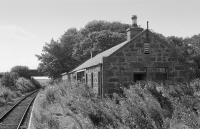
Bill Roberton //1977
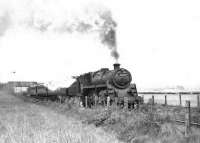
G H Robin collection by courtesy of the Mitchell Library, Glasgow 16/05/1959
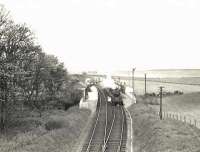
G H Robin collection by courtesy of the Mitchell Library, Glasgow 16/05/1959
This was a two platform station with a passing loop on a single track line. The main station building was on the east/north bound platform, on the town side of the station. There was a goods yard on the north side, approached from the west.
...
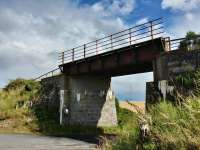
Alan Cormack 15/08/2017
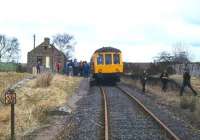
Ian Dinmore /04/1979
This was a single platform station.
...
This was a two platform station with a passing loop on a single track line. The main station building was on the southbound platform.
...
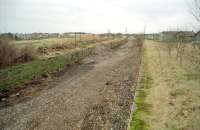
Ewan Crawford /02/1997

John Williamson 18/08/2013
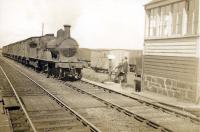
G H Robin collection by courtesy of the Mitchell Library, Glasgow //1945
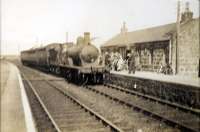
G H Robin collection by courtesy of the Mitchell Library, Glasgow //1945
This was a single platform station, although it may briefly have had a second platform in 1894. There was a signal box in 1894 and loop, which may predate the box.
...
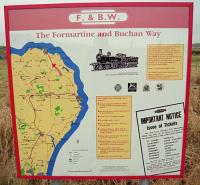
Ewan Crawford 03/02/1997
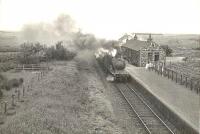
G H Robin collection by courtesy of the Mitchell Library, Glasgow 07/07/1950
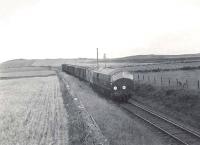
G H Robin collection by courtesy of the Mitchell Library, Glasgow 18/08/1960
This was a single platform station south of Fraserburgh on the line south to Dyce.
...
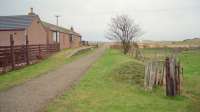
Ewan Crawford 02/02/1997
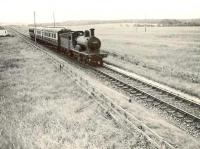
G H Robin collection by courtesy of the Mitchell Library, Glasgow 05/08/1953
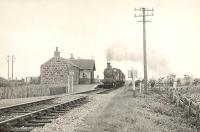
G H Robin collection by courtesy of the Mitchell Library, Glasgow 12/07/1950
This terminus was in the east of Fraserburgh close to the quaysides of the harbour.
...
See also
St Combs Light Railway (Great North of Scotland Railway)
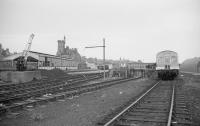
Bill Roberton 01/06/1974
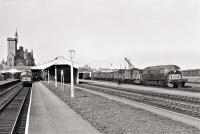
Brian Haslehust 16/08/1965
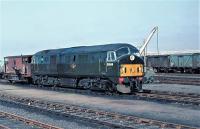
Brian Haslehust 16/08/1965
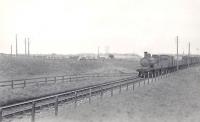
G H Robin collection by courtesy of the Mitchell Library, Glasgow 07/07/1951
This two road shed was to the immediate west of Fraserburgh station. The shed still stands, in other uses, but the station site has been completely cleared. ...
More details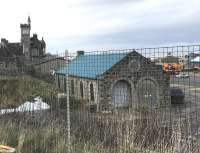
Andy Furnevel 15/03/2017
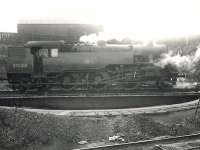
G H Robin collection by courtesy of the Mitchell Library, Glasgow 04/08/1956
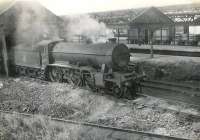
G H Robin collection by courtesy of the Mitchell Library, Glasgow 05/08/1954
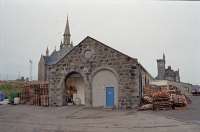
Ewan Crawford 03/02/1997










